
Early warning signs and symptoms of clogged arteries that you might overlook
Early warning signs and symptoms of clogged arteries that you might overlook
Clogged arteries often develop silently, but recognizing their warning signs early can be lifesaving and crucial for preventing severe heart complications.
Introduction
Clogged arteries, medically known as atherosclerosis, represent a critical cardiovascular condition where the blood vessels that supply oxygen and nutrients to the heart and other organs become narrowed or blocked by fatty deposits called plaques. This gradual narrowing impedes blood flow and can lead to serious health problems including heart attacks, strokes, and even sudden death. Despite its potentially devastating consequences, atherosclerosis often progresses with minimal or no symptoms in its early stages, making awareness and early detection paramount.
This article explores the warning signs of clogged arteries, the underlying causes, risk factors, diagnostic methods, treatment options, and preventive measures to empower readers with the knowledge necessary to protect their heart health.
What Are Clogged Arteries?
Arteries are blood vessels responsible for transporting oxygen-rich blood from the heart to tissues throughout the body. Over time, factors such as poor diet, smoking, high cholesterol, and inflammation contribute to the accumulation of plaques made of fat, cholesterol, calcium, and cellular debris within the artery walls. This buildup narrows the artery, restricting blood flow — a condition known as atherosclerosis.
The narrowing can affect arteries anywhere in the body, but clogged arteries in the heart (coronary artery disease) and brain (carotid artery disease) pose the greatest risk due to their direct impact on heart attacks and strokes.
How Do Clogged Arteries Develop?
The formation of arterial plaques begins with damage to the endothelium — the inner lining of arteries. This damage triggers an inflammatory response, attracting immune cells that ingest low-density lipoprotein (LDL) cholesterol, transforming into foam cells that form fatty streaks. Over years or decades, these fatty streaks evolve into larger plaques that harden and narrow the arteries.
Plaque rupture can also occur, leading to blood clots that may completely block blood flow, causing heart attacks or strokes.
Risk Factors for Clogged Arteries
Several lifestyle and genetic factors increase the risk of developing clogged arteries:
-
High LDL cholesterol: Often termed “bad” cholesterol, high LDL contributes directly to plaque formation.
-
Low HDL cholesterol: The “good” cholesterol helps remove LDL from the bloodstream.
-
High blood pressure: Damages artery walls, accelerating plaque buildup.
-
Smoking: Introduces harmful chemicals that injure the endothelium and promote plaque growth.
-
Diabetes: High blood sugar levels increase inflammation and promote atherosclerosis.
-
Obesity: Excess body fat is associated with unhealthy cholesterol levels and hypertension.
-
Physical inactivity: Sedentary lifestyle contributes to multiple risk factors.
-
Unhealthy diet: Diets high in saturated fat, trans fats, and sugars increase cholesterol and inflammation.
-
Family history: Genetics play a role in predisposition to heart disease.
-
Age and gender: Risk increases with age; men generally face higher risk earlier, though women’s risk rises after menopause.
Common Warning Signs of Clogged Arteries
Because clogged arteries develop gradually, symptoms may not appear until arteries are significantly narrowed or blocked. Recognizing these warning signs early can prompt timely medical evaluation.
1. Chest Pain or Discomfort (Angina)
One of the most frequent signs is chest pain or discomfort, often described as pressure, squeezing, fullness, or aching in the chest. This typically occurs when the heart muscle receives less oxygen-rich blood during physical exertion or emotional stress. Angina can also radiate to the shoulders, arms, neck, jaw, or back.
2. Shortness of Breath
Reduced blood flow limits the heart’s ability to pump efficiently, leading to symptoms like fatigue and breathlessness during routine activities or exercise.
3. Fatigue and Weakness
Insufficient oxygen supply to muscles and organs can cause generalized fatigue and weakness, sometimes mistaken for other conditions.
4. Heart Palpitations or Irregular Heartbeats
When blood flow is restricted, the heart may beat irregularly or faster in an attempt to compensate.
5. Dizziness or Lightheadedness
Significant narrowing or blockage can reduce blood supply to the brain, causing dizziness or fainting.
6. Pain, Numbness, or Coldness in Limbs
In peripheral artery disease (clogged arteries in limbs), symptoms may include leg pain during walking (claudication), numbness, or cold extremities.
When to Seek Medical Attention
Immediate medical help is necessary if you experience:
-
Severe or prolonged chest pain lasting more than a few minutes.
-
Chest pain accompanied by sweating, nausea, vomiting, or sudden shortness of breath.
-
Sudden weakness, numbness, difficulty speaking, or confusion.
-
Fainting or severe dizziness.
These could indicate heart attack or stroke and require emergency intervention.
Diagnosing Clogged Arteries
Doctors use various diagnostic tools to detect clogged arteries:
-
Electrocardiogram (ECG or EKG): Measures electrical activity of the heart and can identify areas of poor blood flow.
-
Stress Testing: Evaluates heart function during exercise or pharmacologic stimulation.
-
Echocardiography: Uses ultrasound to visualize heart structures and blood flow.
-
Coronary Angiography: An invasive procedure using contrast dye and X-rays to pinpoint blockages.
-
CT Angiography: A non-invasive imaging technique to visualize arteries.
-
Blood Tests: Assess cholesterol levels, blood sugar, and markers of inflammation.
Treatment Options
Treatment aims to restore adequate blood flow, manage symptoms, and prevent complications.
Lifestyle Changes
-
Adopt a heart-healthy diet rich in fruits, vegetables, whole grains, lean protein, and healthy fats.
-
Engage in regular physical activity—ideally 150 minutes of moderate exercise per week.
-
Quit smoking and avoid exposure to secondhand smoke.
-
Maintain a healthy weight.
-
Manage stress through relaxation techniques.
Medications
-
Statins: Lower cholesterol and stabilize plaques.
-
Antiplatelet agents: Prevent blood clots.
-
Beta-blockers: Reduce heart workload and control blood pressure.
-
ACE inhibitors and ARBs: Help control blood pressure and improve heart function.
-
Nitrates: Relieve chest pain.
Medical Procedures and Surgery
For severe cases:
-
Angioplasty and stenting: Opens blocked arteries using a balloon and inserts a stent to keep them open.
-
Coronary artery bypass grafting (CABG): Surgical creation of alternative pathways for blood flow around blocked arteries.
Preventive Strategies
Preventing clogged arteries begins with healthy lifestyle choices and regular health monitoring:
-
Regularly check blood pressure, cholesterol, and blood sugar.
-
Maintain a balanced diet low in saturated fats, trans fats, and added sugars.
-
Exercise regularly and avoid prolonged sedentary behavior.
-
Avoid tobacco and limit alcohol consumption.
-
Manage stress and seek support when needed.
-
Follow prescribed medical treatments diligently.
The Importance of Early Detection
Since clogged arteries can develop silently, routine health screenings and awareness of risk factors are vital. Early detection and intervention can slow or even reverse the progression of atherosclerosis, significantly reducing the risk of heart attacks and strokes.
Conclusion
Clogged arteries pose a serious threat to cardiovascular health but recognizing the warning signs and understanding risk factors empower individuals to take control of their well-being. Through timely medical evaluation, lifestyle modifications, and appropriate treatment, the risk of life-threatening complications can be dramatically minimized. Maintaining heart health is an ongoing journey, and awareness is the first step toward a longer, healthier life.
News in the same category


Study finds certain blood types linked to higher stroke risk

After tens of thousands auditions, Harry Potter's next generation cast revealed

Cia documents reveal cold war secrets of alien bases hidden on earth

Woman who claims 12 years of contact with a ghost reveals h@unting prediction for the world's end

Teacher Awarded $70 Million After Losing Both Legs Due to Medical Malpractice in Landmark Georgia Case
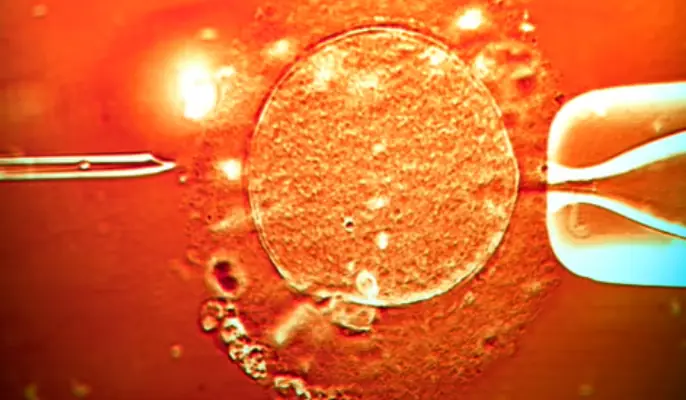
Unaware of his rare canc3r, man donates sp3rm to conc3ive at least 67 children across Europe - resulting in deva$tating consequences

Why swimming post-tattoo can be fat@l: Lessons from a 31-year-old man’s d3ath

Highly intelligent people often thrive with fewer friends — and the fascinating reason behind it
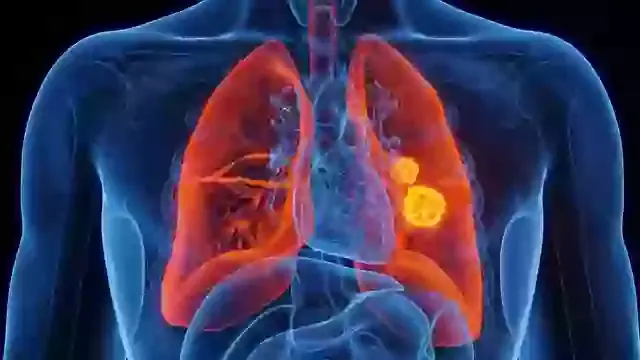
Woman battling stage four colon canc3r reveals major symptom that didn't involve her gut

Psychic who 'predicted Covid' shares incredibly worrying predictions for 2025 warns of d!sturbing events in the latter half of 2025
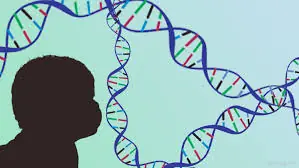
Scientists may have discovered one of the causes of auti$m

Ancient Submerged City Discovered Beneath the Ocean Floor – A 140,000-Year-Old Window into Prehistoric Life

What your face might reveal about your future children: scientists explore the surprising link between male features and child gender

Unveiling the Truth: Why 2XL and XXL Are Not the Same—A Deep Dive into Plus-Size Fashion Sizing

10 cities underwater by 2050 you should visit before it’s too late
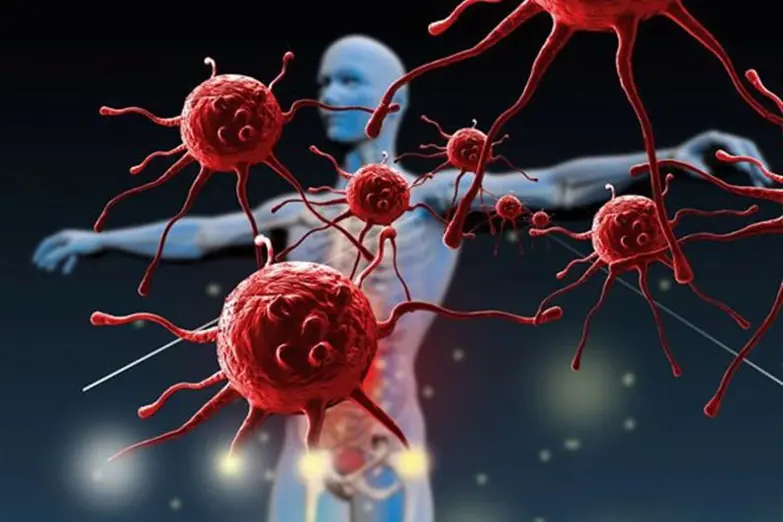
17 C@ncer Symptoms You Should Never Ignore: Early Warning Signs for Better Outcomes

Groundbreaking study sheds light on possible true appearance of Jesus, and it changes everything

Chef who prepares last meals at hospice for people at end of lives says they have have one common request
News Post
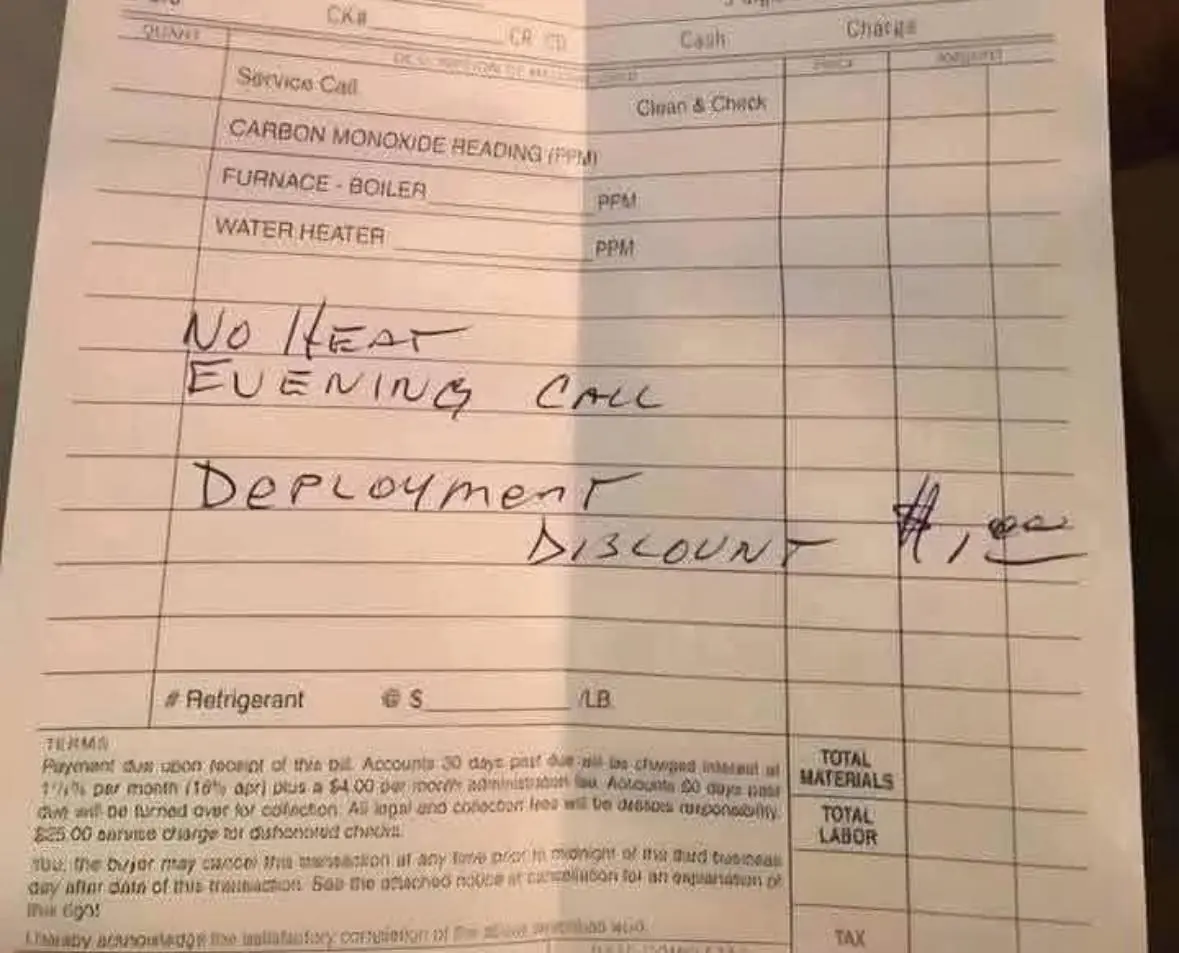
A Heartwarming Act of Kindness: How One HVAC Owner Saved a Family’s Winter—and Honored a Deployed Soldier
When a family’s furnace failed on a freezing night, a heating company owner went above and beyond—fixing the problem and charging just $1 in a touching tribute to military service. Discover the inspiring story of generosity and gratitude that warmed m

Officer Reese’s Compassionate Response: A Heartwarming Moment at Starbucks
Officer Reese calms an upset man at Starbucks with empathy, showing true kindness. Read this story! ❤️☕

At her mother’s wedding, the girl took the microphone to congratulate her but instead showed a sh0cking video.

The Hidden Key in His Work Boot: Uncovering a Secret Life and the Shattered Marriage That Followed
When I found a mysterious second key hidden in my husband’s work boot, it unraveled a web of l!es, a secret child, and a hidden life. This is the gripping story of betrayal, heartbre@k, and the pa!nful journey toward truth and unexpected reconciliation.

After Betrayal: How One Woman Found Strength and Reclaimed Her Life from a Br0ken Marriage
After 32 years of marriage shattered by betrayal, Lidia discovers her inner strength and dignity. This gripping story reveals her journey from heartbreak to empowerment, showing how she turned pain into a new beginning.

When a Wedding Gift Sparks a Family Fallout: The Sh0cking Truth Behind the Missing Wedding Video
At her niece’s lavish wedding, a grandmother’s heartfelt gift is cr:u:elly dismissed, igniting a dramatic family clash. Discover how love, legacy, and justice prevailed amid the mysterious disappearance of the wedding video and shattered illusions.

Unearthing Betrayal: How a Hidden Box Sparked My Journey from Heartbre@k to Healing and New Love
After discovering a hidden box revealing years of lies beneath my garage floorboards, I faced the crushing truth of betrayal. A year later, I found strength, reclaimed my life, and embraced new love.

4 household appliances that are energy hogs and how to tame them

5 Common Electric Kettle Mistakes That Could Lead to Serious Accidents

Why Dogs Are More Sensitive and Alert During Thunderstorms Than Humans: The Science Behind Their Unique Instincts

When a 911 Call Changed Everything: The Heartwarming Story That Proves Heroes Walk Among Us
Discover how a compassionate 911 operator went beyond duty to help a starving cancer survivor, sparking a community movement of kindness that will restore your faith in humanity.

Why Experts Recommend Putting Your Luggage in the Bathtub After Checking in: Turns Out It Has Many Unexpected Benefits

Experts reveal the effects on your body from eating one meal a day after a sh0cking simulation

Major medical breakthrough: Korean researchers discover “Undo” mechanism to transform tumor cells back to normal

If you often notice ringing in your ears, this might be a sign that you will suffer from ...

Drink water on an empty stomach right after waking up for 1 month and see how you transform physically and mentally

MY STEPMOTHER K!CKED ME OUT AFTER DAD'S DE@TH - THEN THE BLACK SUVs SHOWED UP
When Elish loses her father, she expects grief, not betrayal. K!cked out of her childhood home by the woman who never wanted her, she makes one desperate call. But what waits on the other end isn’t pity but power.

Collagen Drops from Flaxseed Gel: A Natural Botox Alternative for Youthful, Wrinkle-Free Skin
Flaxseed collagen drops offer a compelling, natural alternative to invasive anti-aging treatments like Botox.

5 types of food that can do wonder for your gut health and digestion
